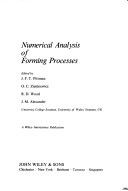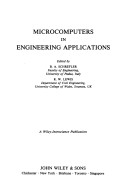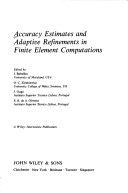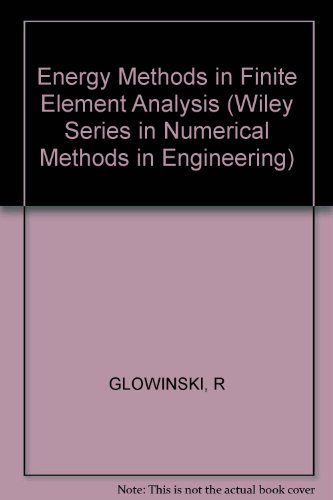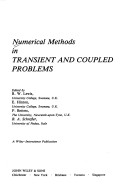Wiley Series in Numerical Methods in Engineering
10 total works
The Finite Element Method in the Static and Dynamic Deformation and Consolidation of Porous Media
by Roland W. Lewis and B. A. Schrefler
Significantly, the reader is provided with access to a Finite Element code for coupled thermo-hydro-mechanical problems in partially saturated porous media with full two phase flow and phase change, written according to the theory outlined in the book and obtainable via the Network of the Italian Research Council (COMES). With a range of engineering applications from geotechnical and petroleum engineering through to bioengineering and materials science, this book represents an important resource for students, researchers and practising engineers in all these and related fields.
Numerical Methods in Rock Mechanics
by Gyan N. Pande, etc., G. Beer, and J Williams
Microcomputers in Engineering Applications
by B. A. Schrefler and Roland W. Lewis
Accuracy Estimates and Adaptive Refinements in Finite Element Computations
by Ivo Babuska and etc.
